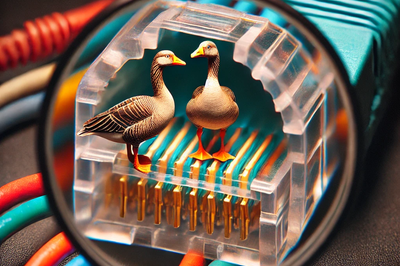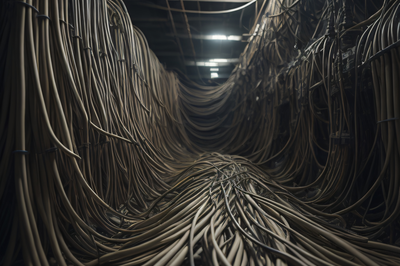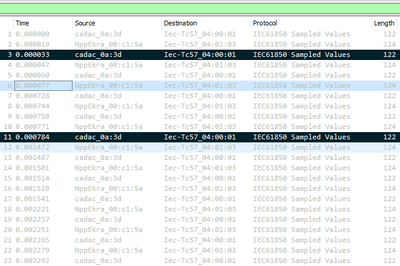
IEC 61850 vs DNP3: A Comparative Analysis
IEC 61850 and DNP3 are two significant protocols in the energy infrastructure industry, each serving different purposes and having different strengths. DNP3, primarily used in the automation of substations and control systems, is very byte efficient and optimized for low-bandwidth applications. IEC 61850, on the other hand, is feature-rich and optimized for LAN/WAN based systems, introducing real-time protocols such as GOOSE and Sampled Values, and the System Configuration Language (SCL) for standardized system configuration. While both protocols are crucial for energy supply and management, IEC 61850 is rapidly emerging even in markets traditionally dominated by DNP3, thanks to its advanced features and capabilities.
The world of energy infrastructure is governed by various protocols that ensure the smooth and efficient operation of systems. Two such protocols that have gained significant traction in the industry are DNP3 (Distributed Network Protocol) and IEC 61850. Each of these protocols has its roots in different regions and serves different purposes, but both are crucial in the realm of energy supply and management.
DNP3: An Overview
DNP3, also known as IEEE Std 1815, is a comprehensive protocol standard that defines the rules by which computers communicate with one another. Initiated in 1993, the DNP3 protocol was specifically designed for the interaction between utility computer systems with remote communication in mind. It focuses on providing a lightweight means of transporting simple data values with a high degree of integrity.
The DNP3 protocol defines two types of endpoints that communicate with one another – a master and an outstation. The master is a powerful computer or network used in a control center, storing all the incoming data from outstation sources and processing it for display. On the other hand, the outstation, also known as the slave, is a computer used in the field. These outstation computers collect information from many devices at the field location, such as current sensors and voltage transducers, and communicate the data to the master station.
IEC 61850: An Overview
IEC 61850, on the other hand, is a standard that is gaining popularity in the global energy market and is seen as the future benchmark for local communication. Unlike DNP3, IEC 61850 focuses on communication among assets, such as protection equipment, IEDs, or local HMI/SCADA systems, inside of a local facility. It integrates context into the system by mapping data to logical nodes with predefined, contextual names, ensuring that context is never lost in the shuffle of compiling data.
Comparative Analysis: DNP3 vs IEC 61850
The roots of DNP3 and IEC 61850 are quite different. DNP3 addressed North American requirements from IEC60870-5 work, while IEC61850 addressed European requirements from UCA2.0 work. DNP3 has roots in the RTU world where byte efficiency for low-speed links was important. On the other hand, IEC61850 has roots in the LAN/WAN world where independence from the organization and storage of “bytes” was important.
This difference in roots has a significant impact on the characteristics of the two protocols. DNP3 is very byte efficient, optimized for low-bandwidth applications. It is primarily used in the automation of substations and control systems for the electric utility industry. However, DNP3 has also been adopted by other utilities and areas, such as the water and wastewater industries.
On the other hand, IEC61850 is feature-rich with capabilities optimized for LAN/WAN based systems. It introduces real-time protocols such as GOOSE (Generic Object Oriented Substation Event) and Sampled Values. These protocols allow for fast transmission of critical data and events, which is crucial for the operation of modern electrical substations.
Moreover, IEC 61850 introduces the System Configuration Language (SCL), a powerful tool that allows for the description of the entire substation in a standardized way. This significantly simplifies the process of system configuration and enables interoperability between devices from different manufacturers.
Conclusion
While DNP3 and IEC 61850 serve different purposes and have different strengths, they are both crucial in the realm of energy supply and management. The choice between the two often depends on the specific requirements of the system in question. However, it's worth noting that IEC 61850 is rapidly emerging even in markets traditionally dominated by DNP3, thanks to its advanced features and capabilities. As the energy sector continues to evolve, the adoption of IEC 61850 is expected to grow, further solidifying its position as a key standard in the industry.



